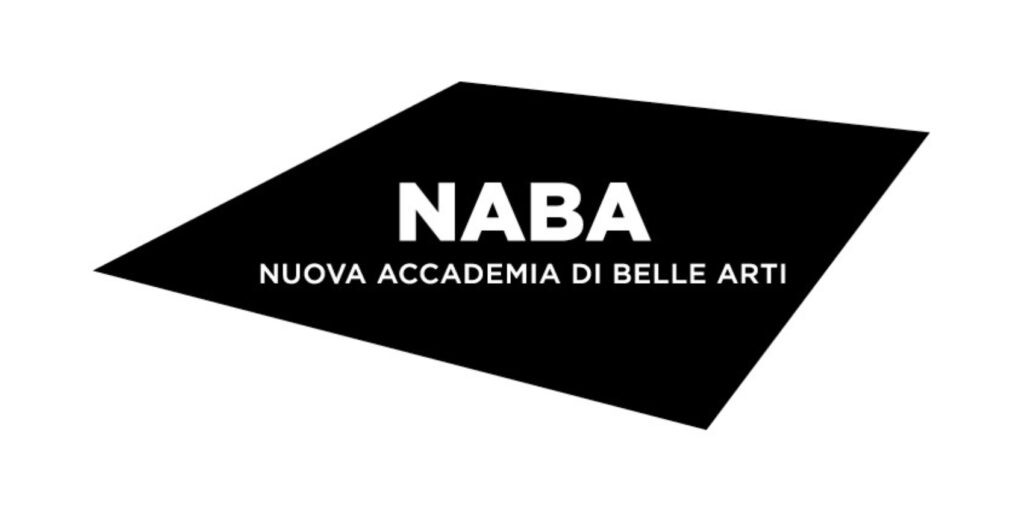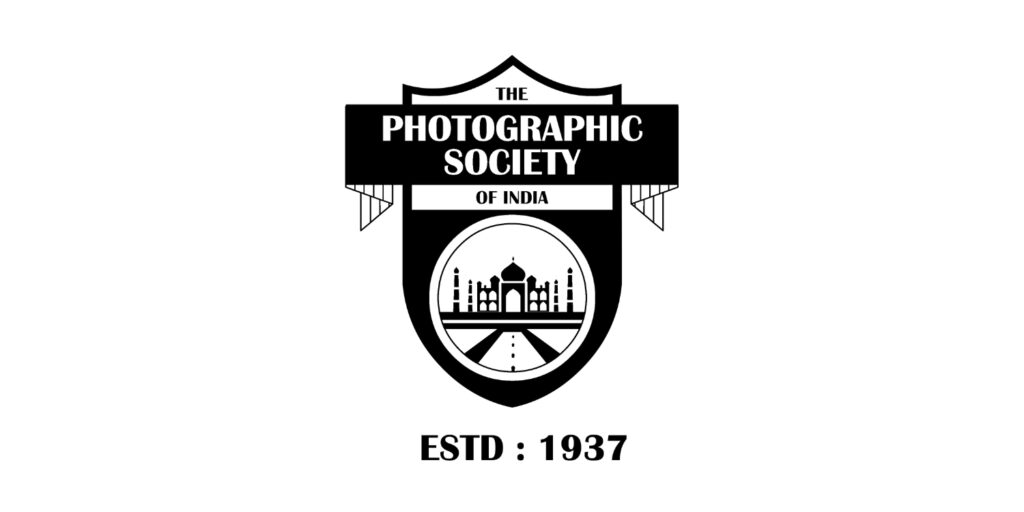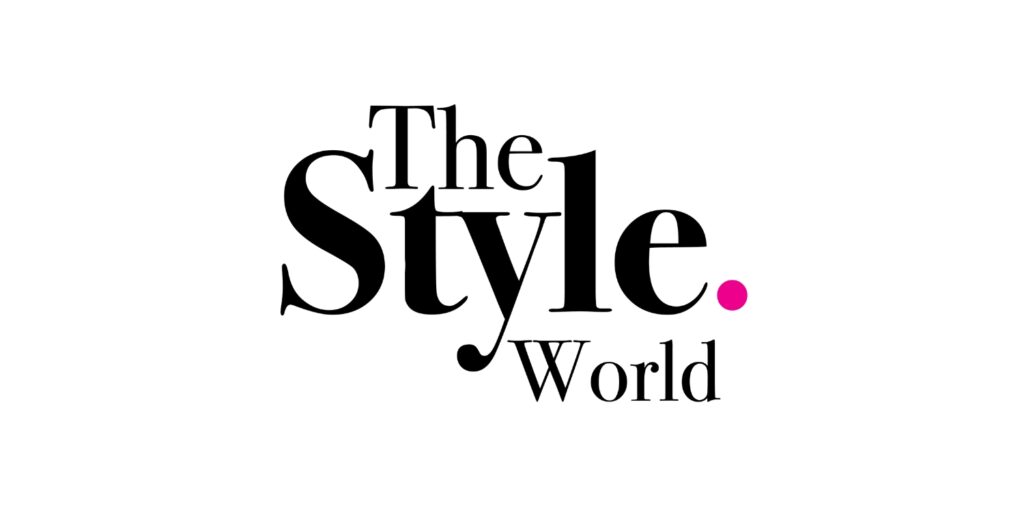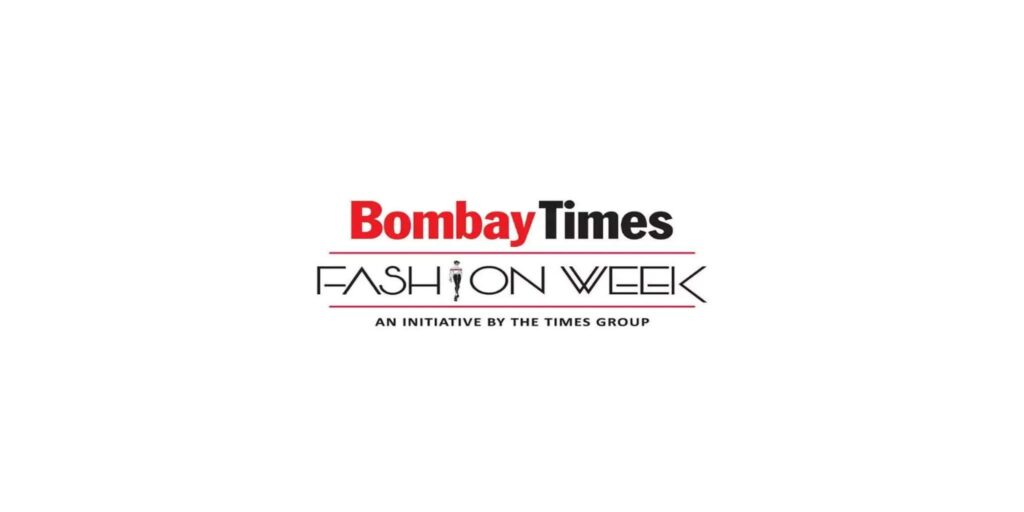Behind the Scenes: The Garment Manufacturing Process
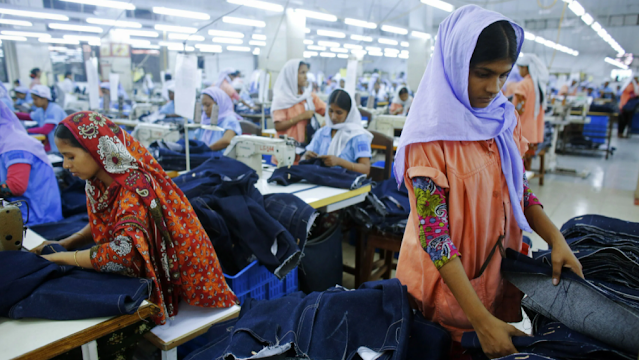
Understanding the Garment Manufacturing Process: A Behind-the-Scenes Look

The garment manufacturing process is an organized sequential activity of converting raw material into finished items. Its plays a crucial role to establish your fashion label brand in the market. It requires full attention and detail. If your pre-production sample is chosen then you need to work on the establishment of the cloth manufacturing process. To understand the garment manufacturing process better, let’s go behind the scenes of this complete process.
1.Receiving Fabrics
The garment manufacturing factory receives fabric from the textile manufacturing company. Textile manufacturer source bulk fabrics and material that later use as input to the garment manufacturing process. Available inventory, frequency of purchasing, payment terms, pricing per yard, fabric weight etc. factors play a significant role while receiving the fabric.
2. Fabric Relaxing
Relaxing of the fabric is required before waving, dyeing and sewing. It helps to release the tension of the fabric. Generally, it allows the fabric to shrink so that further shrinkage is minimized during the manufacturing process. The shrinkage of the fabric material depends on its thread. It is done either manually or mechanically.
3. Spreading, Form Layout and Cutting
After the stage of the fabric relaxing it moves ahead to the spreading and the cutting zone of the cloth manufacturing facility. Initially, the fabric is cut into uniform, symmetrical piles and later spread manually or with the help of computer-controlled machines. The garment form or the pattern or any designs are laid out on the top of the fabric spread by automated cutting systems or manually. Lastly, it cut to the shape and size of the designed garment form.
4. Embroidery and Screen Printing
Embroidery and Screen Printing are two different processes that take place according to the garment design. Embroidery is performed using automated machines. Each production line can equip 10 to 20 embroidery stations. Screen printing of the fabric is a process of applying paint based graphics or drawing or designs to the fabric using presses and textile dryers. It could be manual or automated or both.
5. Sewing
Sewing or stitching is started after the cut pieces are stacked according to their colour, size, pattern and quantities figured out by the sewing facility. Garments sew on the assembly line with multiple sewing lines. This is a labour-intensive transforming stage that turns fabric into final designer garments. Stitching is performed as per the garment’s design and pattern.
6. Inspection
It is a quality control procedure that performs within the factory facility. It’s a realistic measure to remove the faulty cloth items. A certain percentage of the manufactured cloth items always have certain defects or fault that is very required to remove before it reaches to the customer.
7. Laundry
Laundry and Spot Cleaning sometimes required after the defects detections. Small spots or cosmetic flaws or minor stains on the garment that happens during cutting, bundling or sewing processes are washed away using steam, hot water or chemical stain removers. Sometimes the garment moved to commercial laundry facilities.
8. Pressing
After the garments are fully sewn and assembled it is moved to the ironing zone of the manufacturing facility for final pressing. Steam and heat are used appropriately to relax the fabric. Pressing and fusing are two procedures through which the garment can achieve great finish and shine. It brings the final finishing look to garments.
9. Packaging and Shipping
It is the final stage of the garment manufacturing process. In this stage garments are packed to be retail-ready, thus folded, tagged, sized and packaged according to the specifications prior mentioned by the clients. All garments are put in cardboard boxed and send or shipped to customer distribution centres to sell in the retail stores.




